The Article
USTREAM ONE FROM MITCHELL ACOUSTICS
7th September 2021
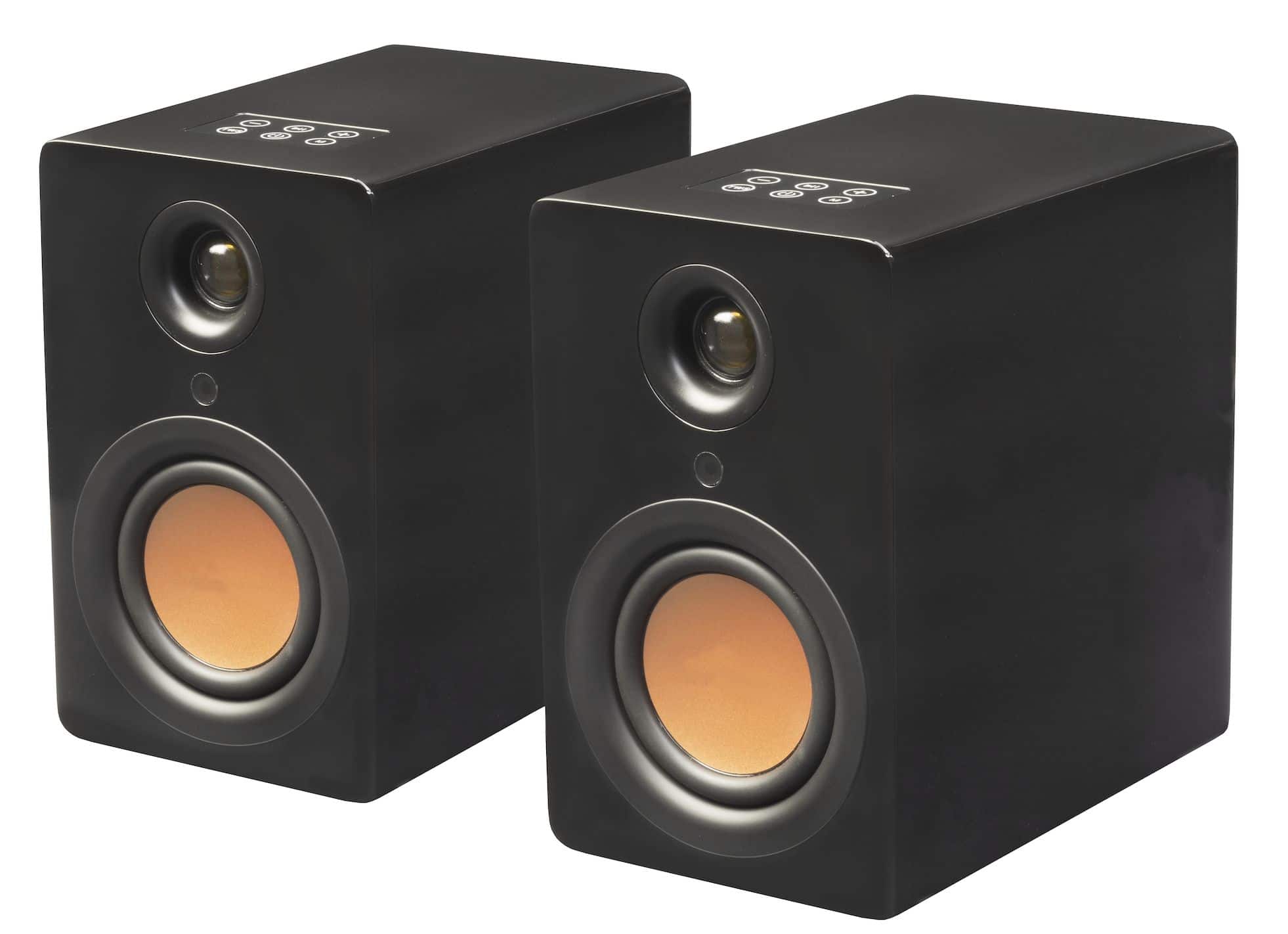
A pair of stand-mounted, wireless, powered speakers, Paul Rigby also checks out the Bluetooth and wired connectivity options
Paul Mitchell is the chap behind the name you see above. He was the ‘Mitchell’ bit in the now defunct company, Mitchell & Johnson. Hence, it’s good to see him back in action again. Although, on this occasion, under a rather different form factor than his amplifier and CD products I looked at in the past.

The USP (unique selling point) for this stand-mounted, powered speaker design is the uStream’s wireless nature. They offer, “True Wireless Stereo Bluetooth technology to connect to each other with no connecting cable,” said the company to me via an initial press release.
These 8 Ohm speakers each weigh 3.6kg and include drivers based upon Clarit, an apparently proprietary technology (The manual and the website present the name differently – I’ve gone with the website variant). Mitchell boasts about the included, heavy neodymium magnet set, aimed to produce, “outstanding low frequency” response. We will see (hear) about that, later on.
The speakers themselves are small (in general terms but relatively large for a powered speaker) at 150 x 235 x 230mm and include a 106mm mid/bass driver with a magnesium alloy diaphragm. The 38mm magnesium alloy tweeter is also based upon the same driver technology with a composite dust cap (although the manual doesn’t mention that).
In between the two is a small, circular receiver for the included remote control.
Inside is a 50W, Class D TPA3116D2 TI amplifier. Bluetooth has a range of 10m.

On the rear of each speaker is a rocker power switch, a USB port for software upgrades only, optical and RCA inputs, an Aux In input and a barrel power connector.

The attached mains cables include a thankfully long cable which will help installation. Speaking of which…
INSTALLATION
To begin, I unpacked the speakers (and the presentation here was nice indeed – the packaging looks tidy and professional) and was faced with a pair of mains cables using a switch-mode power supply with a break-out cable at the end of both to accommodate varying territories. The US has its own cable, as does Europe. UK users need to plug the Euro cables into a sturdy, 3-prong adaptor plug.
The UK adaptor incidentally, is an excellent option and one I’m unfamiliar with. It feels solid and secure. A superior option to the usual solution of adding plug prongs variants onto a single plug chassis.
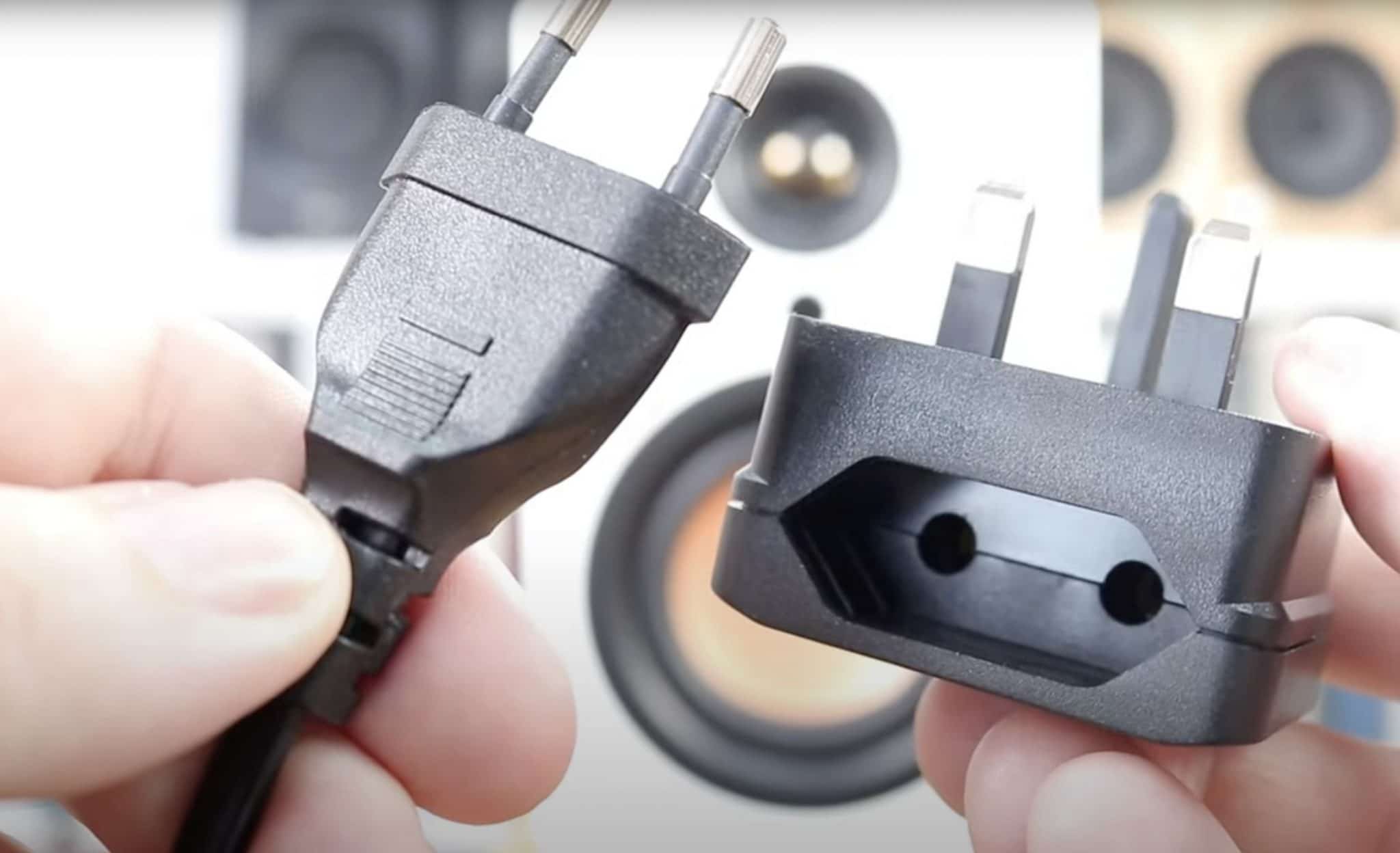
Once the territory is sorted cable-wise, that break-out cable is plugged into the end of the power supply box. The completed power supply/cable combo is then plugged into the rear of each speaker via that dinky barrel plug.
Then you plug each speaker into the mains power. The first unit that is powered on will be the Master and the second unit will become the Slave.
The speakers give you two control options. You can control the speakers via a small, hand-held remote control or via each speaker’s built-in control panel, which resembles those cheap and cheerful credit-card sized remote controls you often see in low-cost audio equipment. Here, a control section is implanted, flush into the top of each speaker. Two in all.
Control response for the built-in controls is sluggish and clunky during use. You have to keep each button pressed a second or two to gain a response which can sometimes result in you pressing too many times and over-reaching yourself. For example, you can cycle the ‘M’ (for source Mode, see image below) button and then find no immediate command response which, if you’re of an impatient nature, may trigger more presses which means that you skip past your desired source mode. The solution? Take these controls slowly and pause a moment before pressing again to see if there’s a response.
Even so, for the price, I expected more quality from this area.
And that response is vocal, by the way. Command inputs, apart from volume selection, triggers a vocal confirmation. Press the Mode button and you will be verbally told if you have selected either Bluetooth, Aux In, Line-In (via a pair of RCA sockets) or optical.
That rest of the toppermost control section also allows you to increase/decrease volume (you’re supposed to get a beep response for that but I must admit that I failed to hear them during volume changes), turn on/off each individual speaker (the speakers turn off if no signal has been found after 15 minutes), play/pause and a TWS button to pair the speakers together, wirelessly. Again, you’ll get a vocal response when pairing is completed. And Bluetooth pairing is simple and quick. I had no issues there.
THE MANUAL
There’s a few points about the manual I’d like to address. First up is a mistake I made. When I installed the uStream speaker pair, I thought that the remote was faulty. It just didn’t work. I replaced the battery but still nothing.
Subsequent enquiries to the company told me that I needed to remove the installed battery and flip it over. This battery reverse thing was created by Mitchell Acoustics to prevent battery drain during shipping and storage. So I can appreciate the reasoning behind this move.
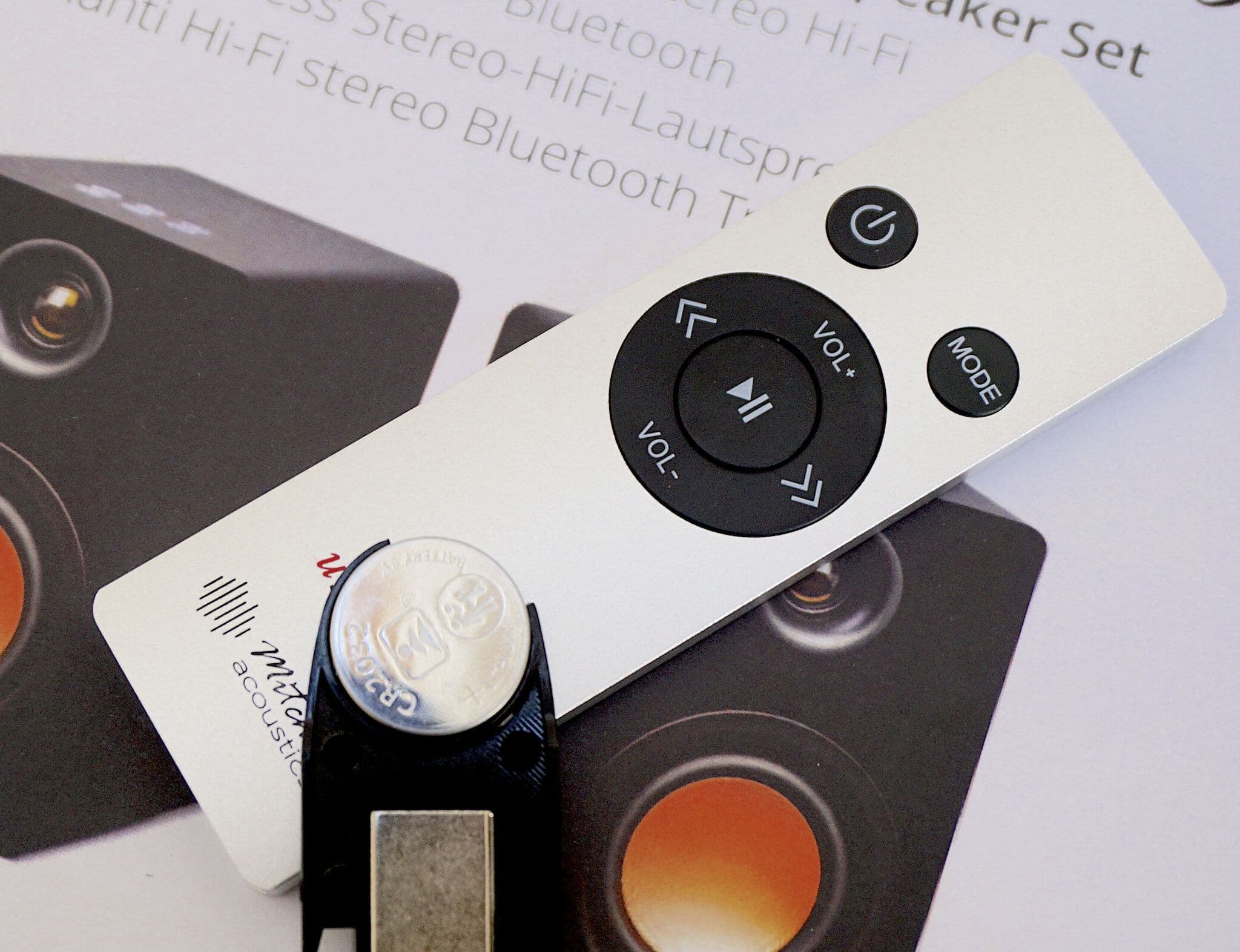
The manual did talk about this too. Hence, I hold my hands up on that one. However. However.
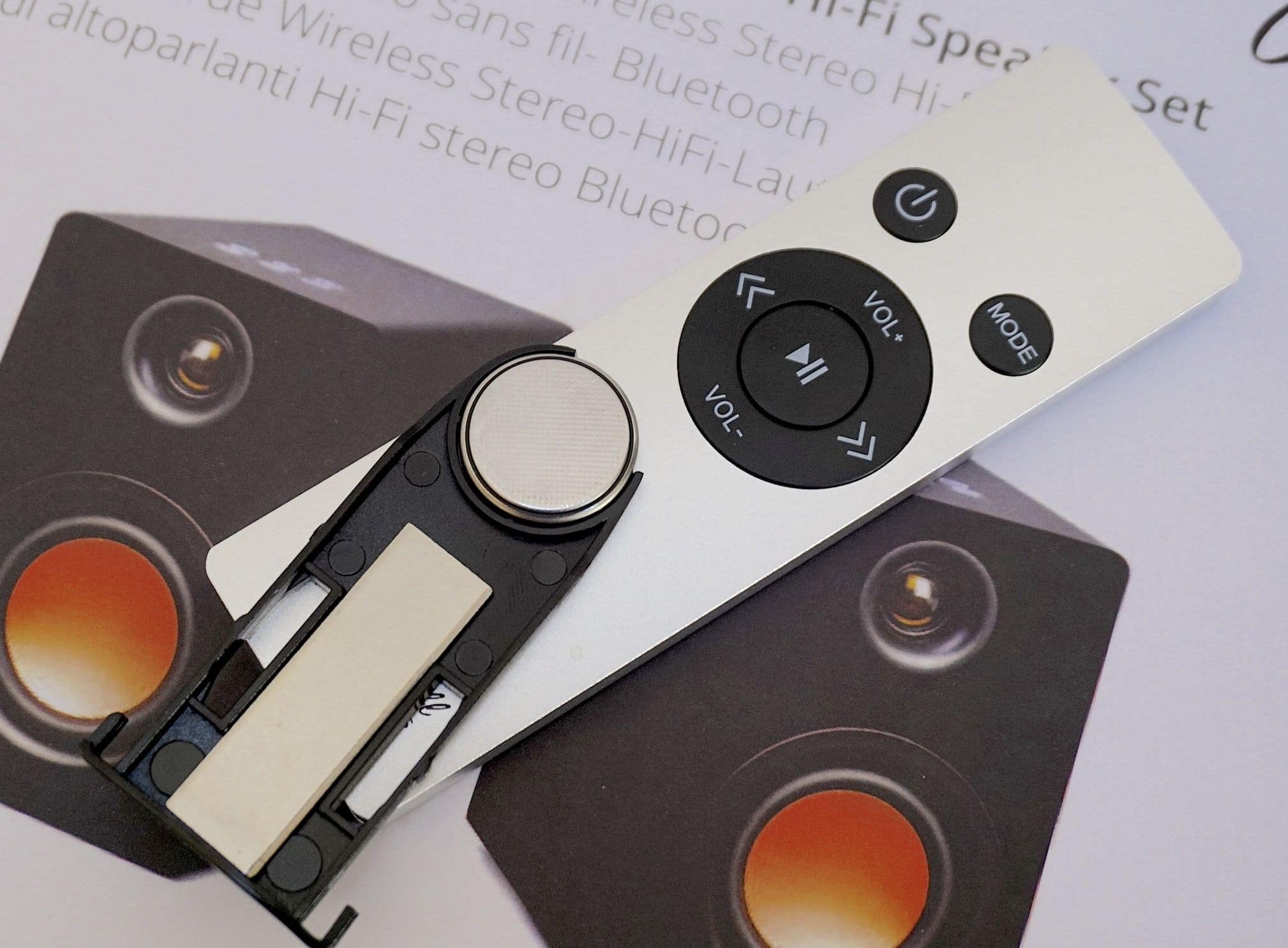
First up, to ask a new user to risk their fingernails to pull out the finicky, hard to shift battery tray on the remote and flip a battery is one of the more inelegant methods of jump starting a remote control I’ve seen.
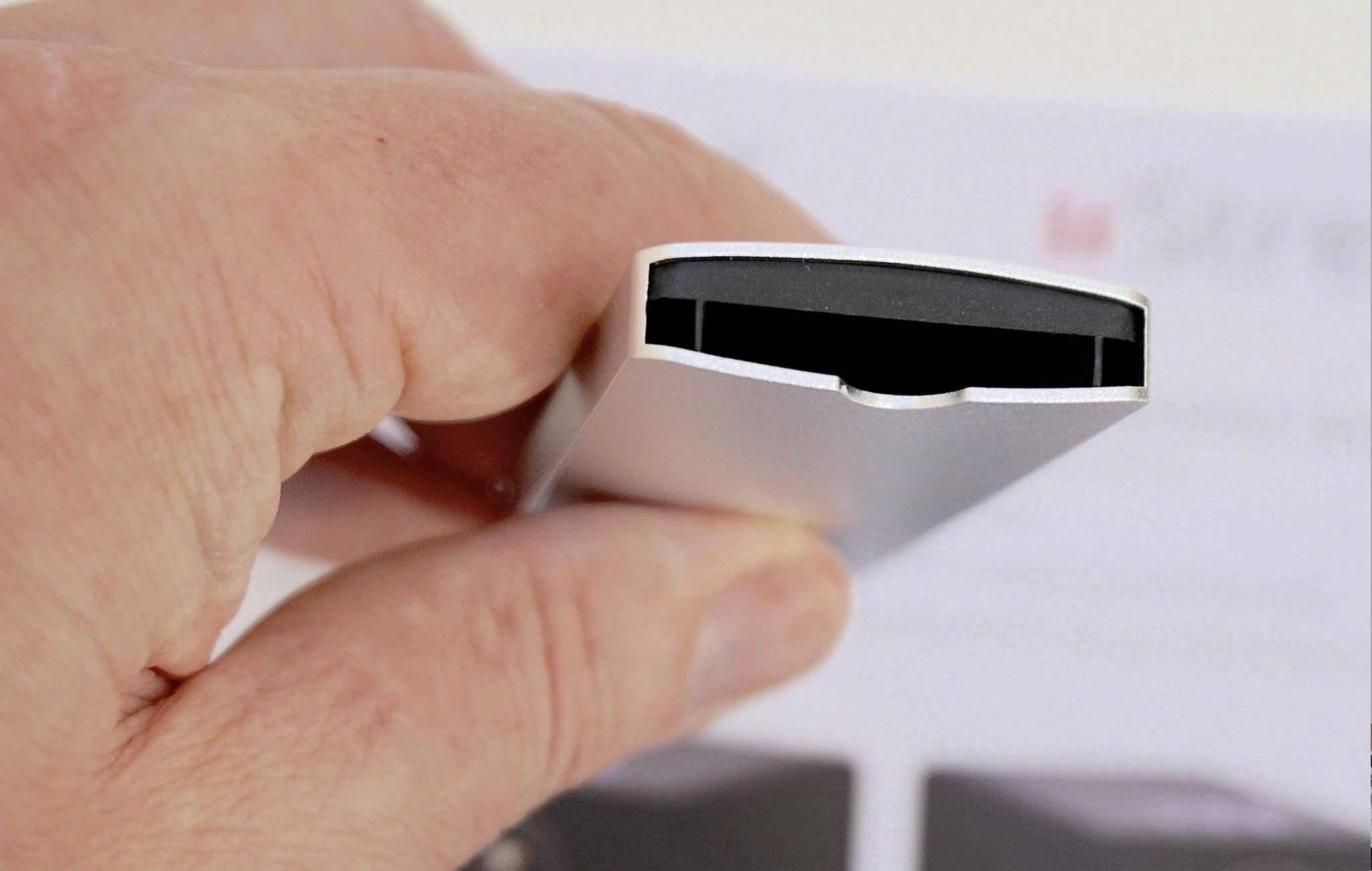
I much prefer the old fashioned, ‘pull the bit of transparency plastic out from the innards of the remote to establish an electrical contact between the battery and the remote’ solution. This uStream, battery flipping method is plain clunky.
Secondly, the battery flipping instructions are listed at the bottom of p.15 of the manual. This is just before the Troubleshooting area at the rear of the manual.
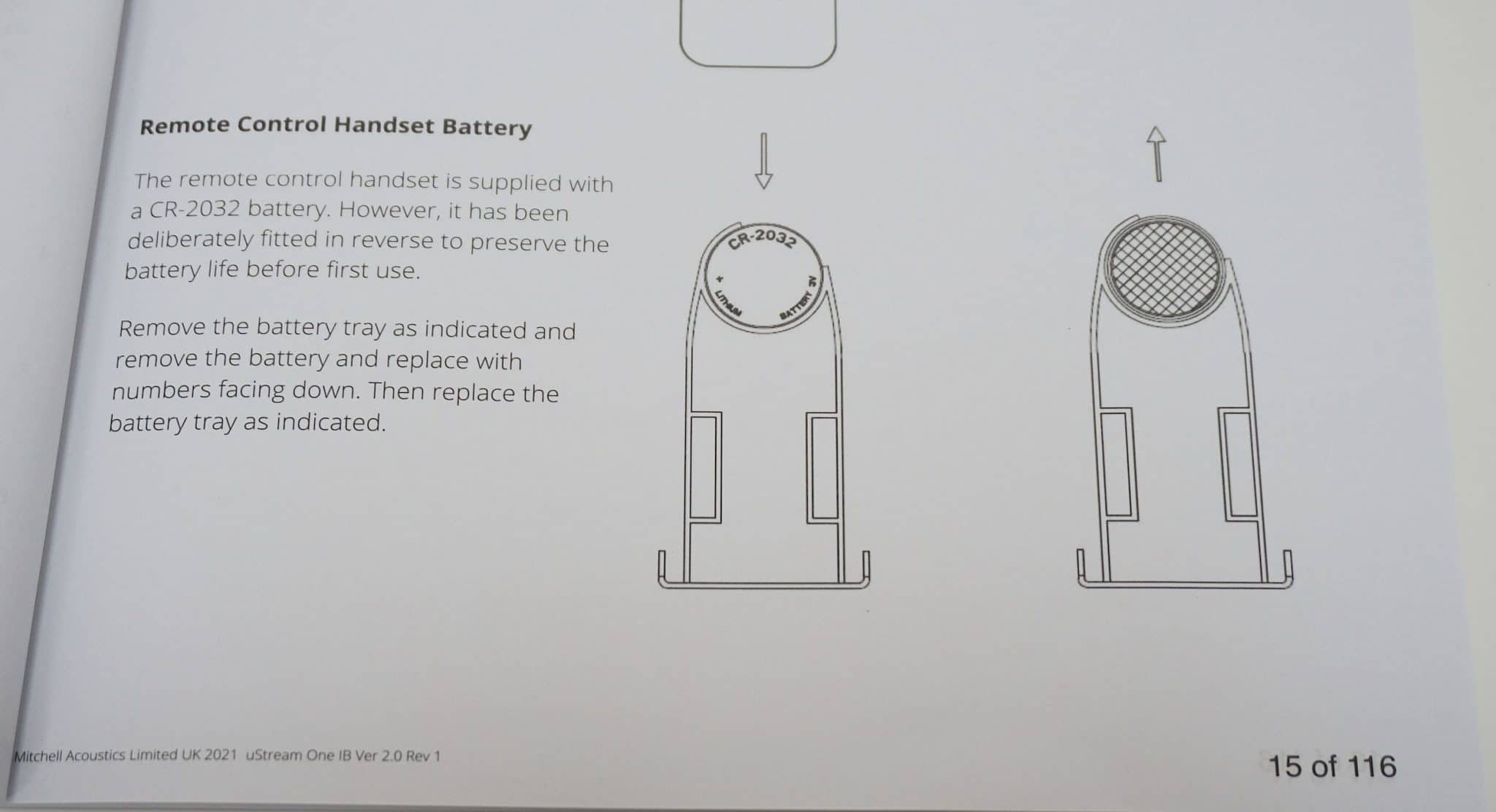
Way after the parts description, the initial setup, feature descriptions and more. Now I must add that there’s a single, big bold line in the Quickstart area that tells me, before using the remote, ‘Please See Page 15’. But why? At that point the manual keeps the reason a mystery.
But look, why even include the line in the first place? Why not just talk about the battery flipping exercise, right there and then? Why the suspense? Just tell me now, while I’m actually in the middle of setting up the speakers.
A lot of people tend to skim Quickstart guides to get the most important and salient points. This line insertion – big and bold the font might well be – can easily be missed or forgotten about which can lead to frustration and anger later on. I missed it and it’s my job to look out for this kind of thing. So if you’re setting up these speakers and your head is full of other things like getting the food in for the evening or picking up the kids from school, then what hope is there for you, eh?
Oh, and another thing. The uStream manual talks a lot about TWS. TWS stands for True Wireless Stereo. This is the main selling point of the entire speaker package. TWS is why you’re buying these speakers. TWS is a headline feature in the press release I received a few months back when these speakers were initially announced and it’s right there on the front of the manual.
Problem is, it also triggered two pet peeves of mine. The first is repetition. Why, on page 9 of the included manual, is there a floating caption next to the picture of the TWS button that says, get ready for this, ‘TWS Button’.
So let’s pause here and appreciate this piece of artistic craft. There is a picture of the TWS button in the manual (above) with a caption next to it that says that this is the TWS button.
Secondly, the True Wireless Stereo headline term is not physically connected to the acronym ‘TWS’ until page 18 of the 25-page manual. Before that, the TWS acronym is mentioned in the text and via picture form around nine times inside the manual (I counted quickly, I might have missed one) before ‘TWS’ is ever actually explained.
Rule No.1 of manual writing is this: NEVER ASSUME! If you want to prevent confusion and thoughts of ill will floating toward your company you never, ever assume that people will know what an acronym means. You never assume that they know anything about your product. You explain it, the first time it appears. Mitchell commits that rule-breaking sin here. Nine times.

But that’s not all. The manual, which is full of little irritations that add up to a big pain, was either not proof read or a professional designer needs to be employed instead of giving the task to the guy who delivers the sandwiches at lunch time.
SOUND QUALITY
To begin, I decided to test the basic sound quality of the speakers. That is, I decided to go straight for the jugular and see how far I could push these speakers, sonically.
At a glance – and that’s all I’m doing for now – the product seems to be aimed at users who are looking for a pair of power speakers that prioritise ease of use. Over and above everything else. I get the impression that a lifestyle market is the target audience here.
Maybe I’m wrong, though. I probably am wrong, of course. That’s what I wanted to test, here.
I hooked up a modded Astel&Kern AK120 to the optical port on the back of the speakers and pushed through three tracks of 24bit/96Khz and 24bit/88.2kHz to gauge the sound from a relatively, high-end perspective.
None of them worked.
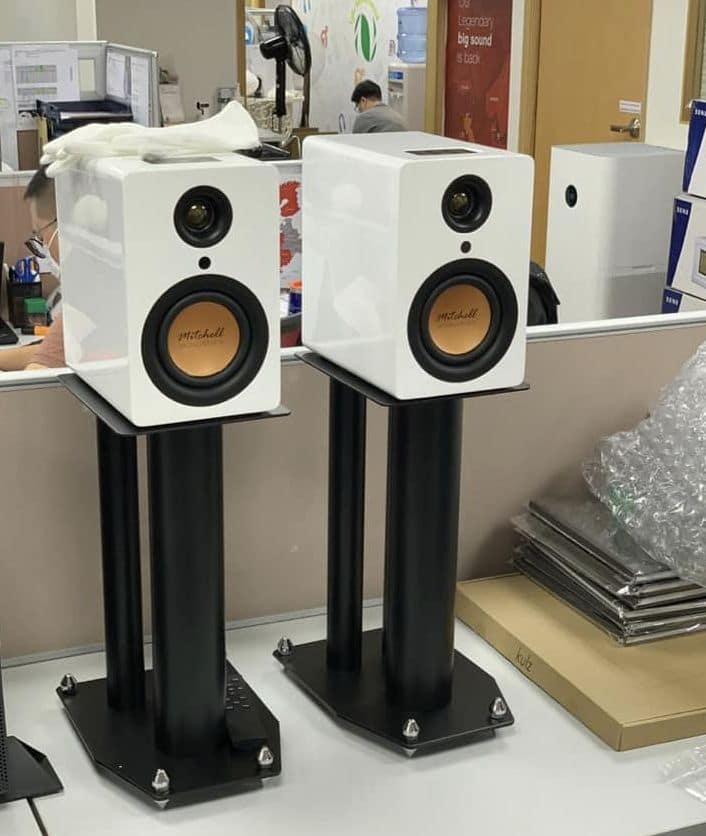
The first sonic response I heard as the quality fell was from a track recorded at 24bit/48kHz. So I guess that the optical port has playback restrictions. The manual doesn’t talk about this. I asked the company about this and it confirmed that the connection can handle a signal up to and including 24bit/48kHz.
Remaining with the AK120 I chose a 16bit/44.1kHz rip of a Linn Records production, Carol Kidd’s How Deep is the Ocean, a laid-back vocal jazz piece featuring percussion, upright bass, piano and acoustic guitar.
Let’s start from the bottom up on the sonic scale. Let’s begin with bass. You might think that’s an odd place to begin on a vocal jazz track. Thing is, though, this recording has a pretty wide dynamic range. Which is why it was chosen as a test track. That is, whatever high frequencies there are go pretty darned high while bass frequencies push way down low. Further than even some rock track recordings out there.
So here, the upright bass pushes its bass response through the floor. It’s not big or window shaking, of course but it is present and it’s weighty.
It’s also a dynamic range that the uStream seemed to struggle to grasp in its entirety. I heard bass breakup distortion at the very lowest end. The small mid/bass drivers found it difficult to cope with the wealth of information on offer here.
Clarit might have been the name of the mid/bass driver but I didn’t hear too much clarity during play. Bass was squelchy and lacking in structure.
The additional problem with an uncontrolled bass is that is tends to negatively infect the mids and treble. Its break up veils the finer upper midrange detail and pulls the ear away from any delicacy you might hear from the treble.
Comparing the uStream with XTZ’s Tune 4, for example, a pair of – admittedly wired – Bluetooth speakers with an optical option, priced at half the price of the uStream pair, the Tune 4 design proved a solid and capable performer offering a meaty bass performance. It was easily able to cope with the extended dynamic range from this track while providing a relatively solid and organic playback for the price while never encroaching on the midrange output or dispersing any of the fine detail from treble-infused cymbal strikes.
So I changed the music. I moved from a wide and expansive dynamic range to something rather narrower. I chose the relatively compressed disco single, Don’t Waste Your Time from Yarbrough & Peoples. Here, the uStream was better able to cope. Here, bass offered impact and strength but because of the compression, all of the music’s inherent frequencies were being corralled from that wide dynamic range of the Carol Kidd track, into a relative narrow area.
Although the Yarbrough & Peoples song was compressed when compared to the Carol Kidd track, the Tune 4 speakers never accentuated that compression. The uStream’s upper frequency performance did. Mids were both edgy and a little clinical during vocal crescendos, percussion strikes and upper frequency synth lines while the treble was a little tense and stressed.
I also thought that the Kanto YU4 speaker’s – another wired design – offered a better overall sonic presentation, again from a lower price point. While never reaching the quality of the Tune 4 designs, I must add, the YU4s did offer some space and air around the soundstage. Yes, the YU4 speakers also struggled to cope with the wide dynamic range, although the issues here were more to do with a claustrophobic upper midrange performance but those upper mids and treble didn’t serve the upper frequencies with the same harsh edge as the uStream design. That was confirmed by playing the Yarbrough & Peoples track. You could certainly hear a sense of compression via the YU4s but the degree was not as high as the uStream presentation. There was more balance on offer from the YU4s.
But look, even though wired connectivity to an external source like an external digital audio player is an option, the uStream is not specifically touted or pushed as a platform that supports wired sources. The main thrust of these speakers, the core of its basic publicity and supported marketing is its wireless installation and its wireless playback. So how did it perform in wireless mode?
I played the 24bit/176.4kHz track by Keith Greeninger & Dayan Kai. A dual guitar and vocal track with plenty of space surrounding the pair.
The uStream performed better here although the inherent, relatively narrow Bluetooth band of information did help, putting less pressure on this speaker design. That is, the lower quality of the Bluetooth stream was suited to the uStream speakers. Even so, vocal crescendos were rather constricted and clinical though in their presentation, when compared to the Kantos.
The guitars offered a focused and precise performance from the uStreams although the compressed nature of the presentation did reduce the space around the soundstage. There was none of the rich nature of the guitar that I also heard via the Tune 4 speakers. The latter provided a relatively rich and full playback while the uStream tended to sound thin and a little forced when pushed.
This effect was confirmed when playing the already compressed Drink to Moving On from Grand National via a 16bit/44.1Khz WAV. Percussion was already edgy out of the studio but the uStreams accentuated that effect. The uStreams added to that tension while bass was chrome-plated resulting in listening fatigue before the song’s end. Compare that to the Tune 4’s performance which was relatively open and relaxed around the mids with an expressive and sparkling rhythm guitar and a powerful yet well-integrated bass response.
NEAR FIELD
The problem with the uStream over both wired and wireless testing, especially at higher volumes, was that the drivers both sounded stressed and forced. As if, despite the size of the cabinet they sat within, the drivers couldn’t cope when trying to fill a listening room with sound. So I stopped trying to fill a room. I moved the uStream speakers in near field mode and at a lower volume.
And finally! Finally, the uStreams stood up and gave a performance. Given a restricted dynamic range from a lossy version of Marvin Gaye’s Mercy Mercy Me in a near-field configuration over Bluetooth and at a lower volume (which is a long-winded way of saying, “when not asked to work very hard”) the uStream speakers sounded nice indeed.
The speakers took this restricted sound format, inserted space in between the instruments, provided an open and spacious soundstage and sounded – for the very first time – relatively relaxed and at ease with the task at hand. Bass had some structure and a sense of control, the rhythm guitar offered a range of information, the lead vocal used emotion within the delivery, the sax had a relatively reedy aspect while there was no harsh accentuation of the mids, no flabby bass and treble was relatively behaved.
The upper frequency performance wasn’t exactly well developed but it certainly sounded very presentable indeed. In fact, it offered a more mature playback than the YU4 speakers in near-field mode, although it couldn’t cope with the Tune 4 designs in terms of raw sonic performance.
That said, the uStreams did offer superior connectivity options. More to he point, they also won in terms of flexibility. Both the Tune 4s and Kantos needed a cable to connect both speakers together. That is, a cable needs to hook onto each each YU4 and Tune 4 speaker to work at all. The uStreams did not. Which means that uStream speaker placement options many and varied while the YU4s and Tune 4s are restricted by their connecting cables. At some point, if you get a bit imaginative when placing your speakers – that cable will only stretch so far. This may very well be a major point for some potential buyers out there.
Playing the Grand National track in near-field mode was a chalk and cheese experience. Now that the uStream wasn’t being pushed too hard, the bass sounded full and relatively rich, the vocal performance included more texture in its delivery while secondary percussion was ‘visible’ to the ear. That is, the instrumental separation, the gaps between each instrument, was richer in effect with vocal harmonies being better integrated.
CONCLUSION
A bit of a roller-coaster, this one. Nicely presented in terms of build and packaging, the uStream speakers, when pushed hard, tend to fall over in sonic terms. They complain when you ask them to fill a typical listening room with music.
The only reason I see in buying these speakers at all is, in audio quality terms, for near-field use or, in strictly lifestyle terms, because you need that essential wireless feature which will free you in terms of speaker placement. You might want to place these speakers far apart in odd nooks and crannies, for example. The options are wide and varied. Closely situated on a desk or either side of a desktop computer or placed into a living room or kitchen environment or a small bedsit where a small footprint design is critical. In all of those terms, the uStream should be an important consideration and should be part of your demo list. Again, if you think that connecting speaker cable seen in and around other powered designs out there will be an issue then the uStreams might make more practical sense here.
In short then? If you’re looking for a pair of hi-fi-capable Bluetooth speakers for strictly listening room use, forget the uStream’s. They can’t cut it.
If you need a low volume, near-field, wireless design for small room, desktop or in-your-face operation or for more imaginative lifestyle speaker placement then the uStream speakers are feature rich, well appointed, presentable speakers with a commendable sonic response.
MITCHELL ACOUSTICS USTREAM ONE POWERED SPEAKERS
Price: £499
Website: mitchellacoustics.co.uk
GOOD: nicely presented package, near-field response, low-volume performance, dual controls, single-speaker option
BAD: sluggish controls, manual, wired performance, price
RATINGS: 6 [hi-fi speaker operation] : 7 [as near-field speakers]
BUY HERE:
EUROPE – https://amzn.to/3zVmwzR
USA – https://amzn.to/2WWfqwz
[Don’t forget to check out my new Patreon Page at www.patreon.com/audiophileman, for exclusive postings, giveaways and more!]
REFERENCE
iPhone/iPad
Tellurium Q cabling
Blue Horizon Professional Rack System
Harmonic Resolution Systems Noise Reduction Components


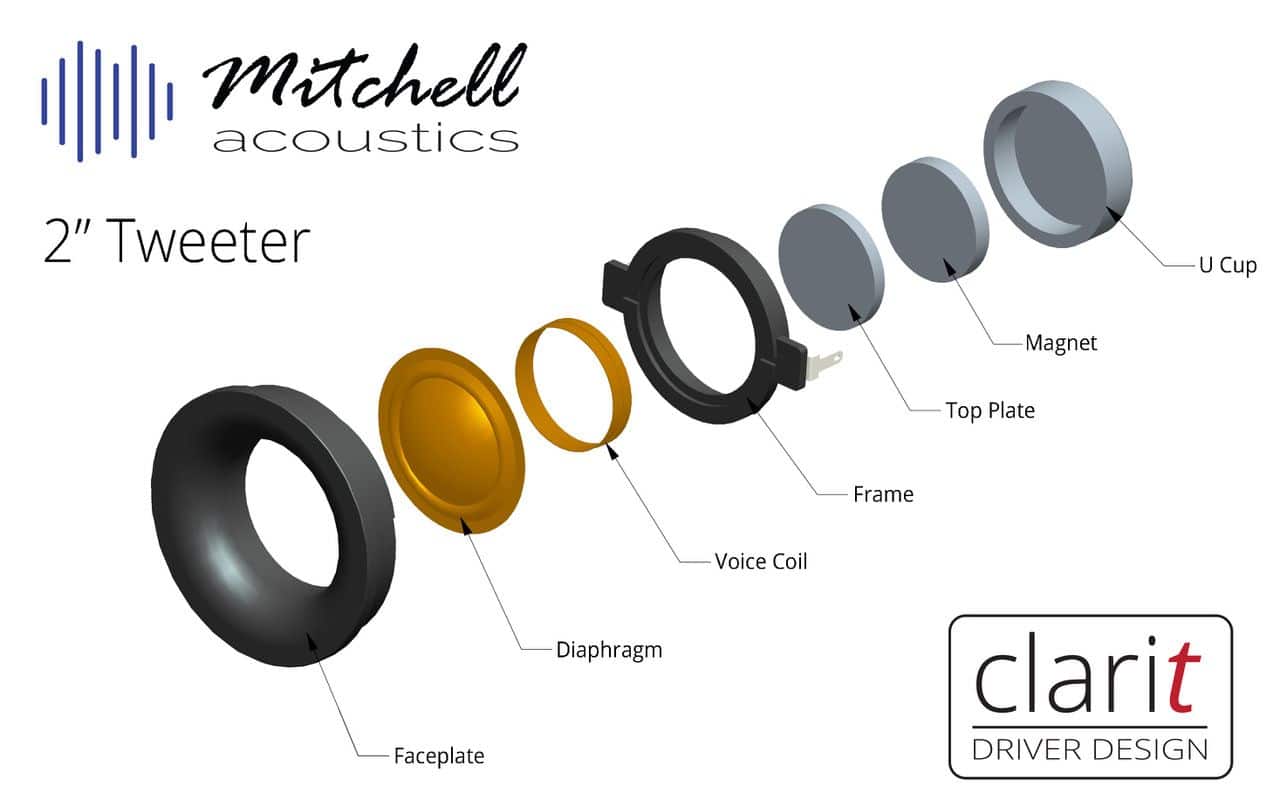
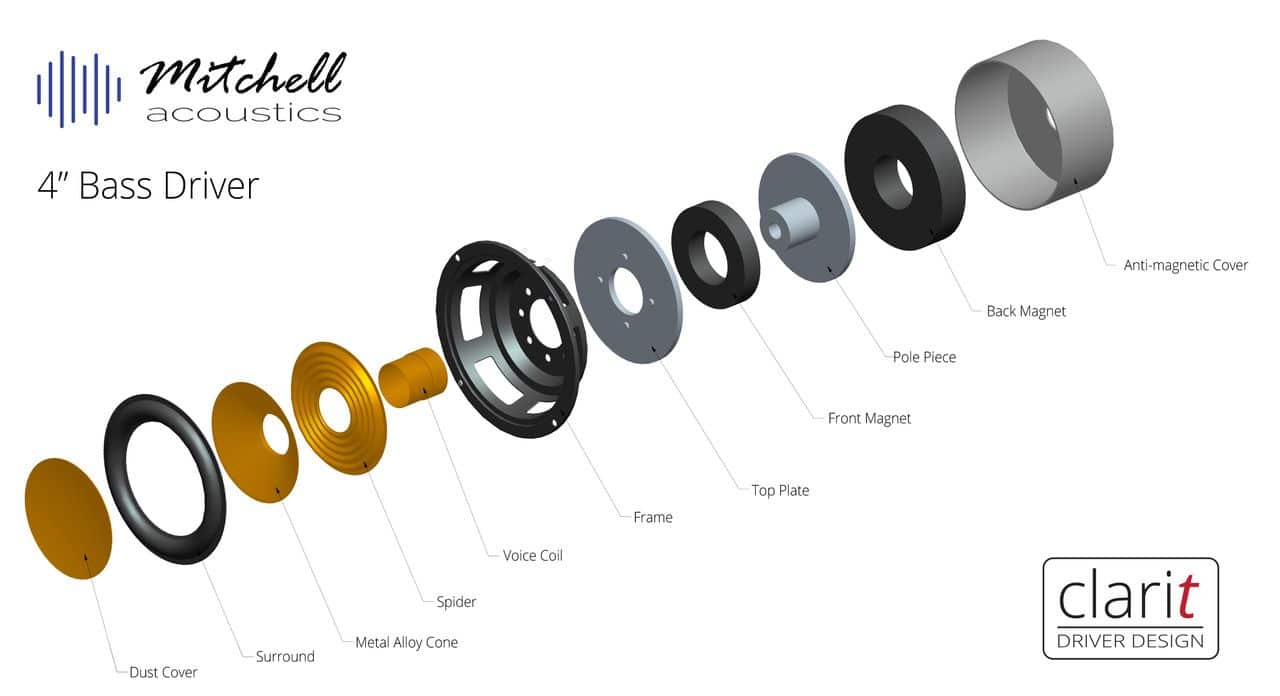
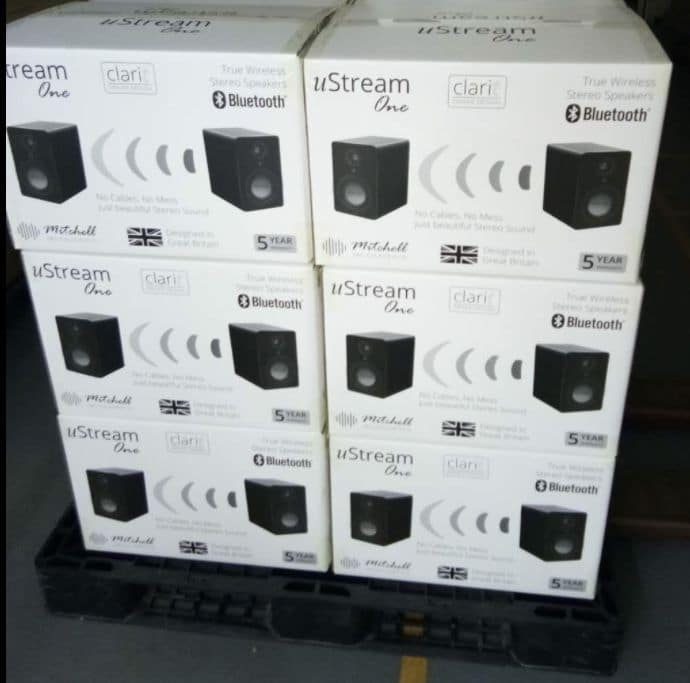
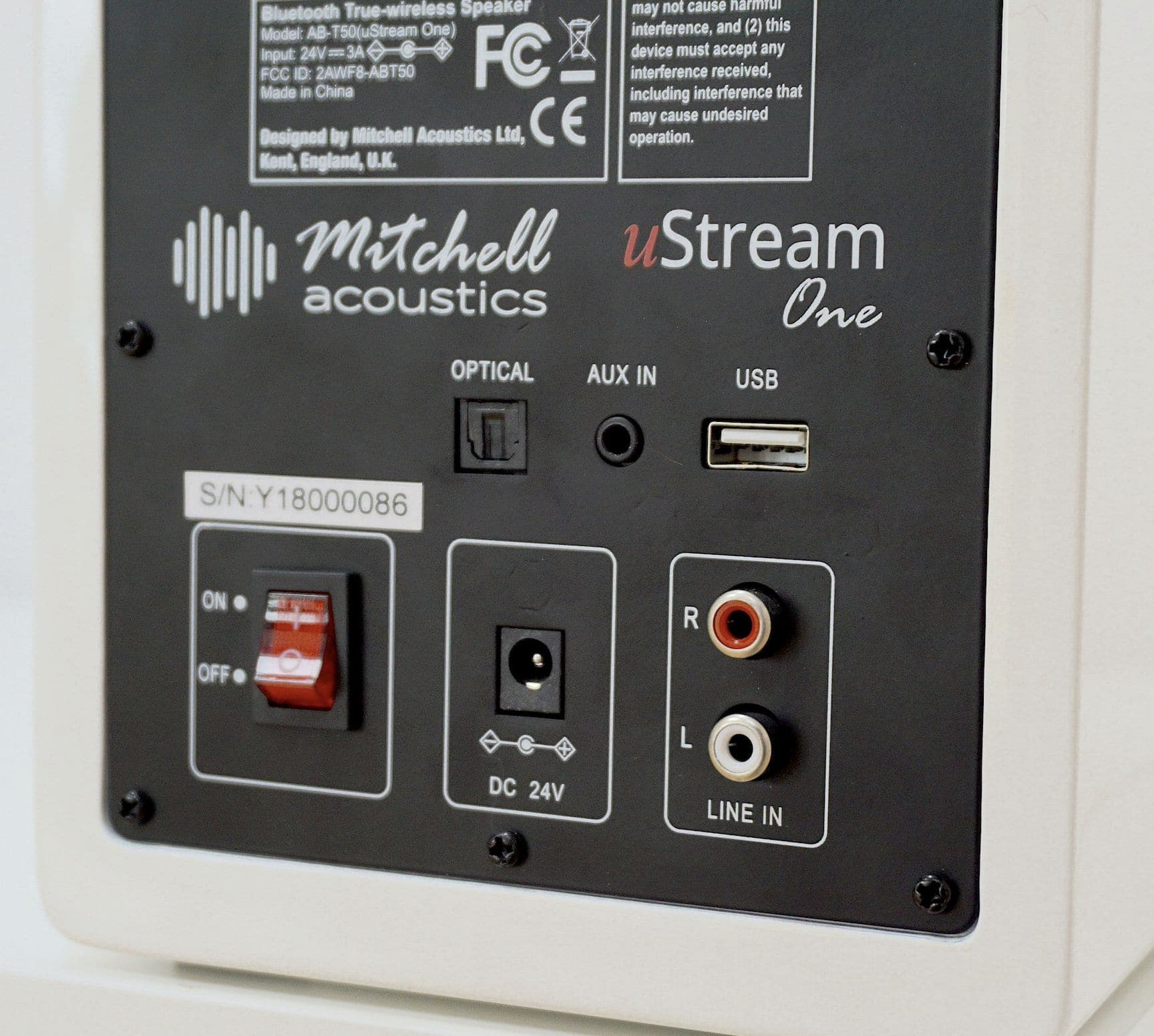

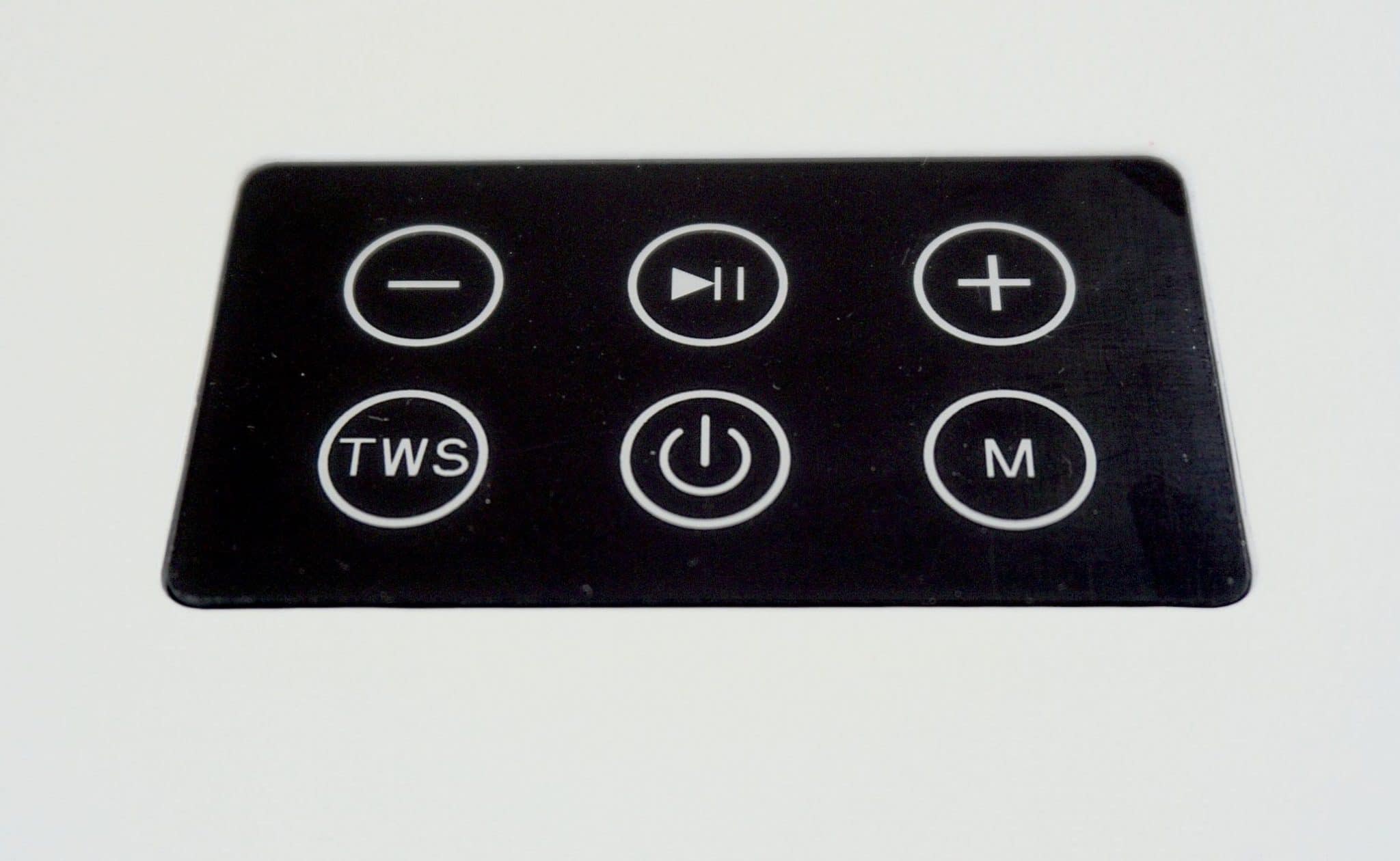
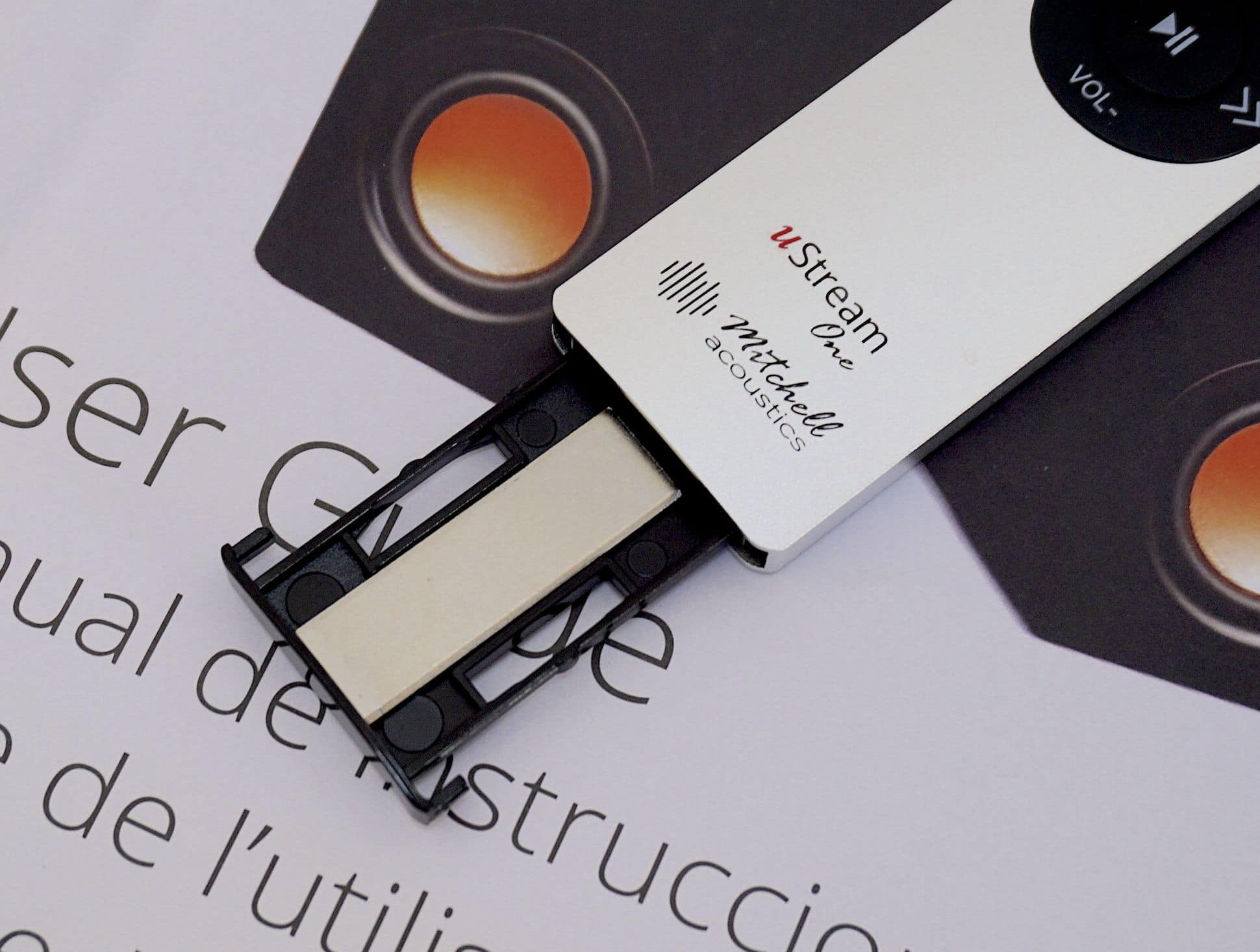
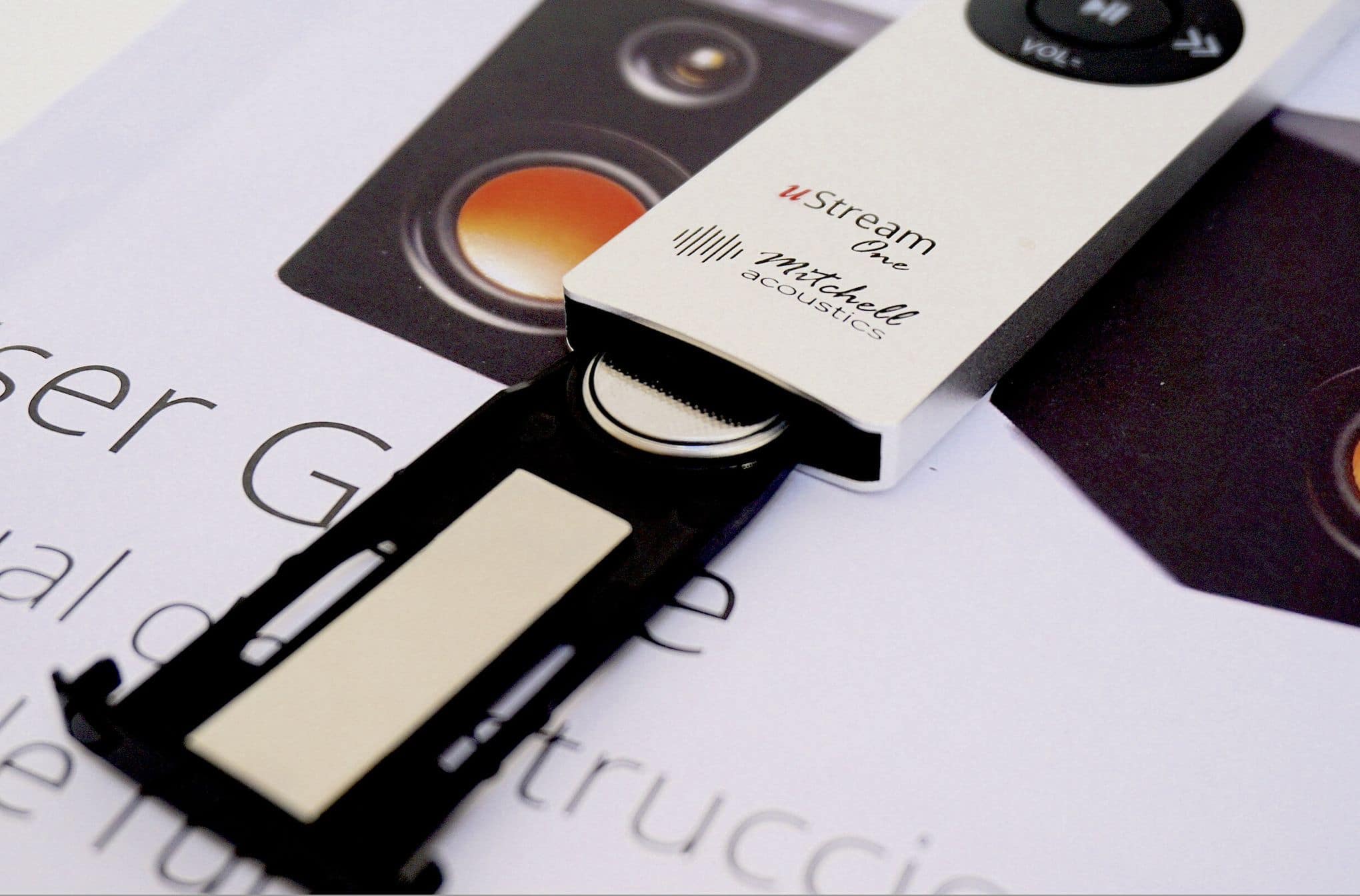
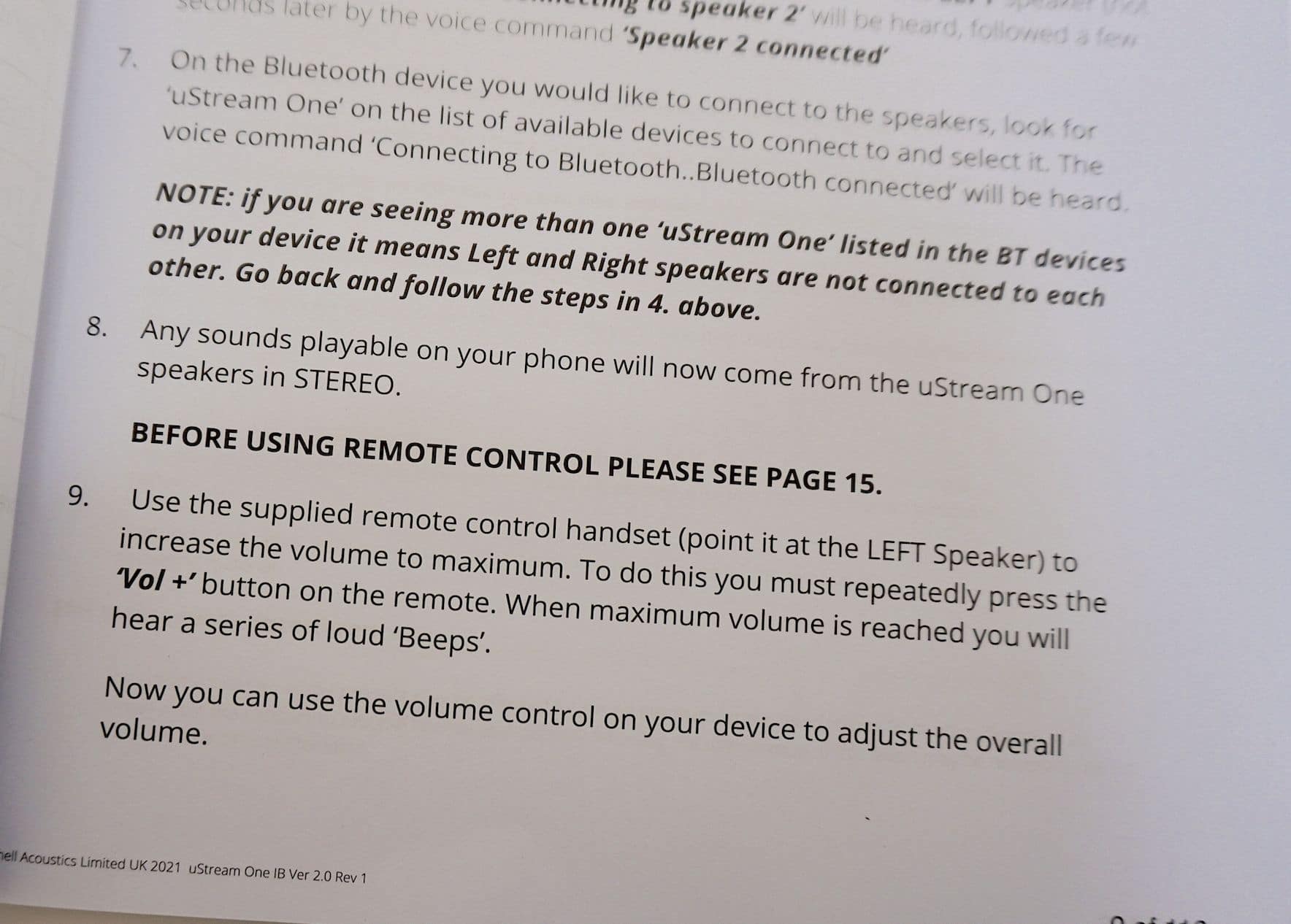
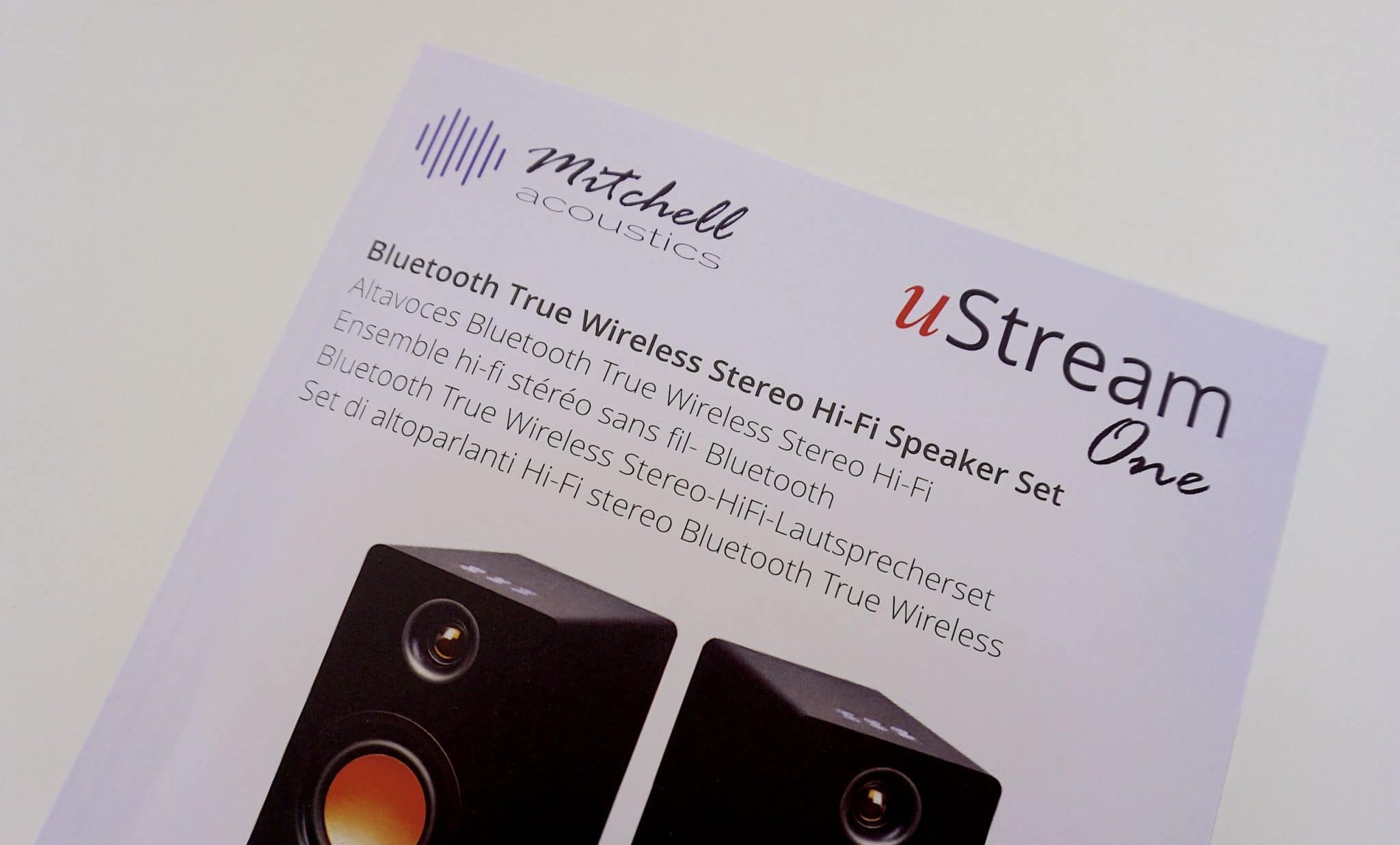
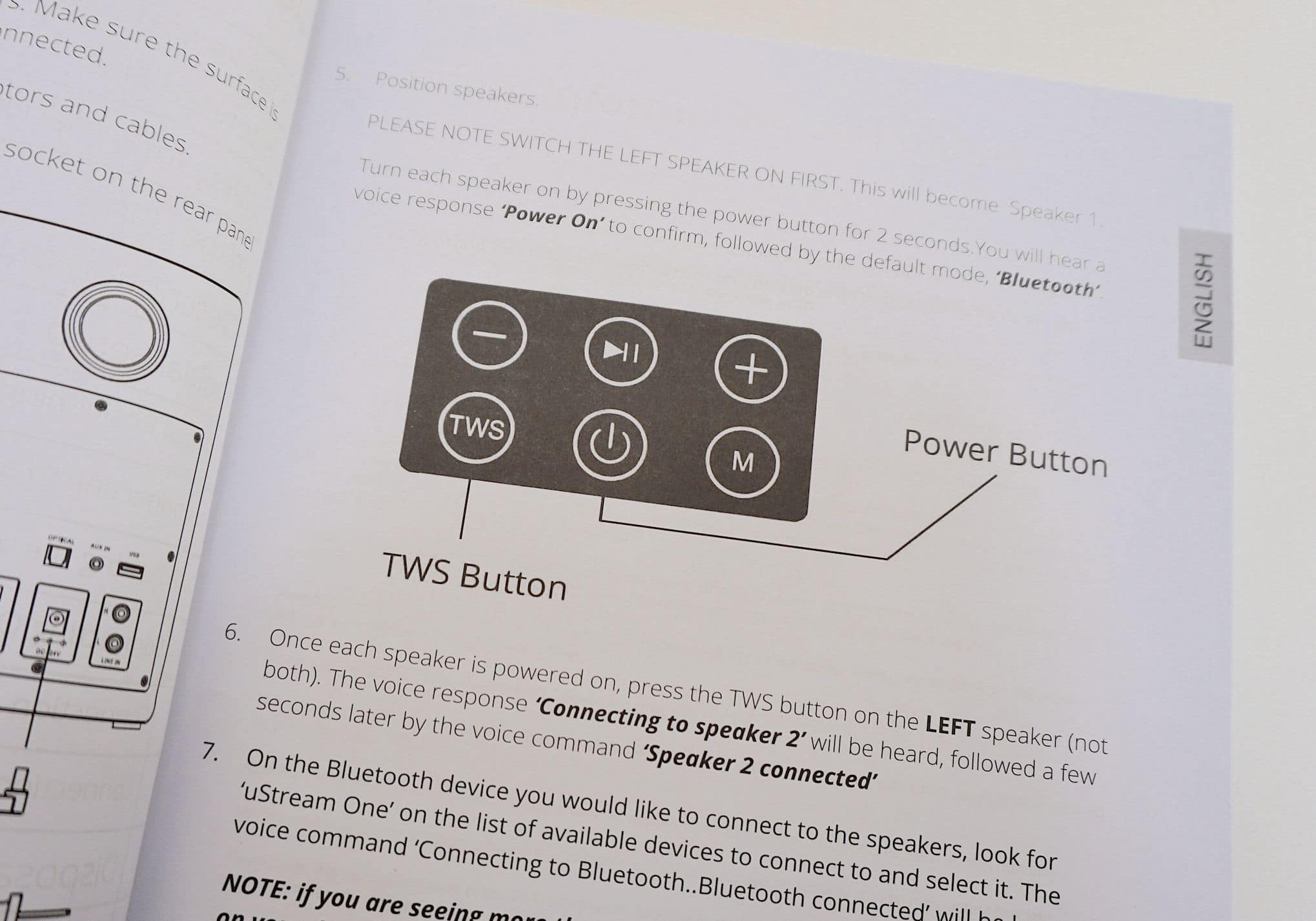

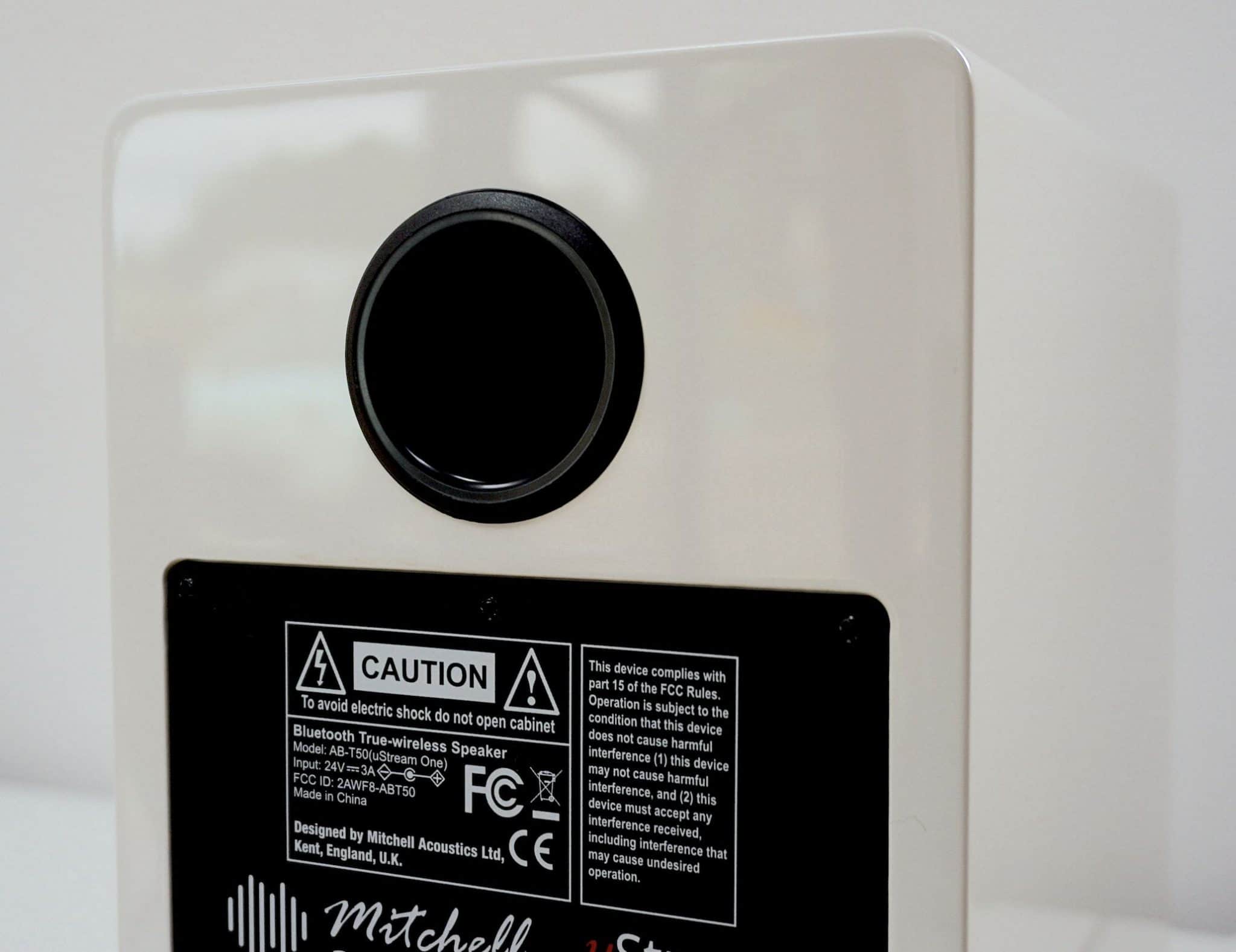
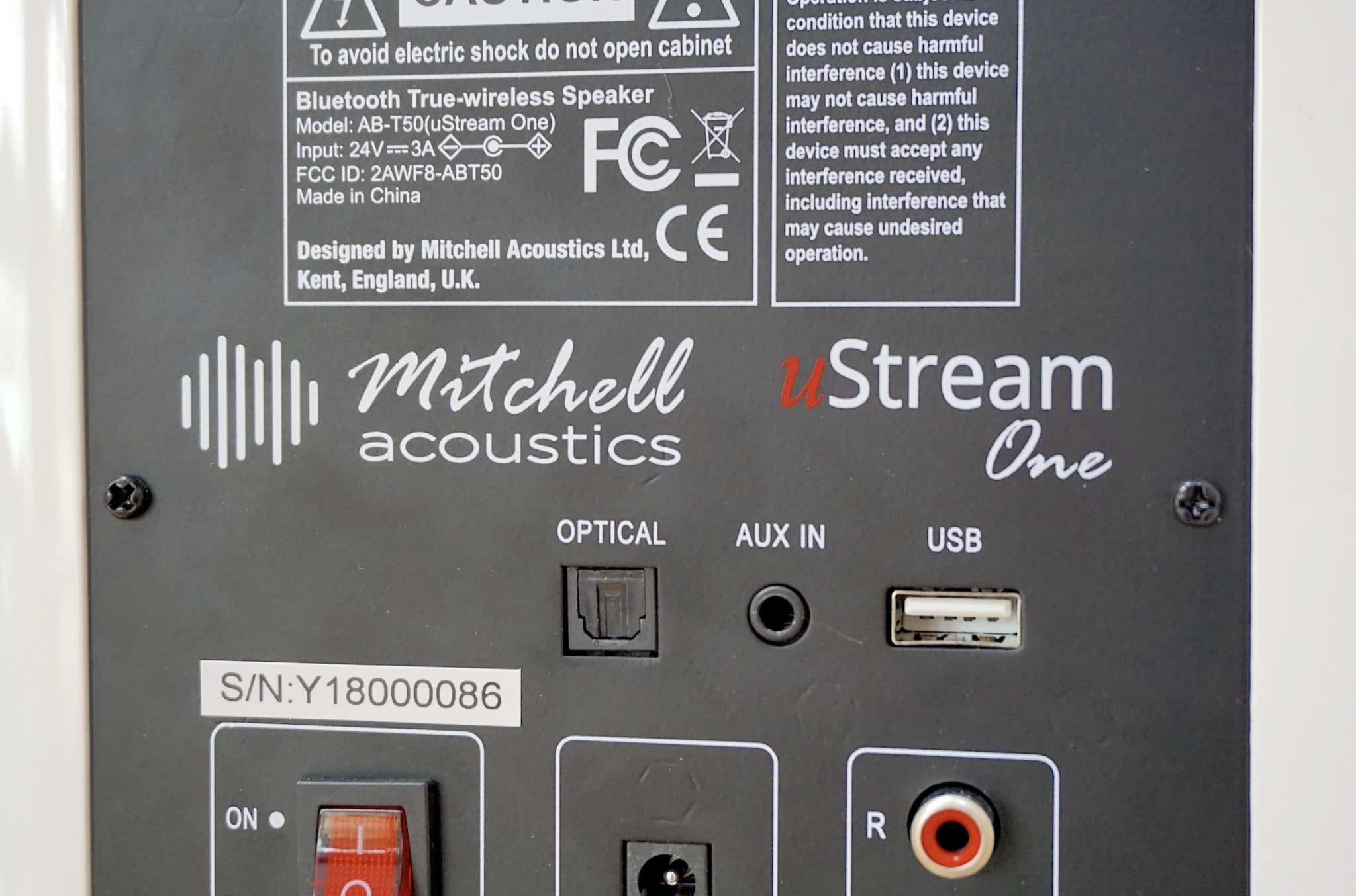

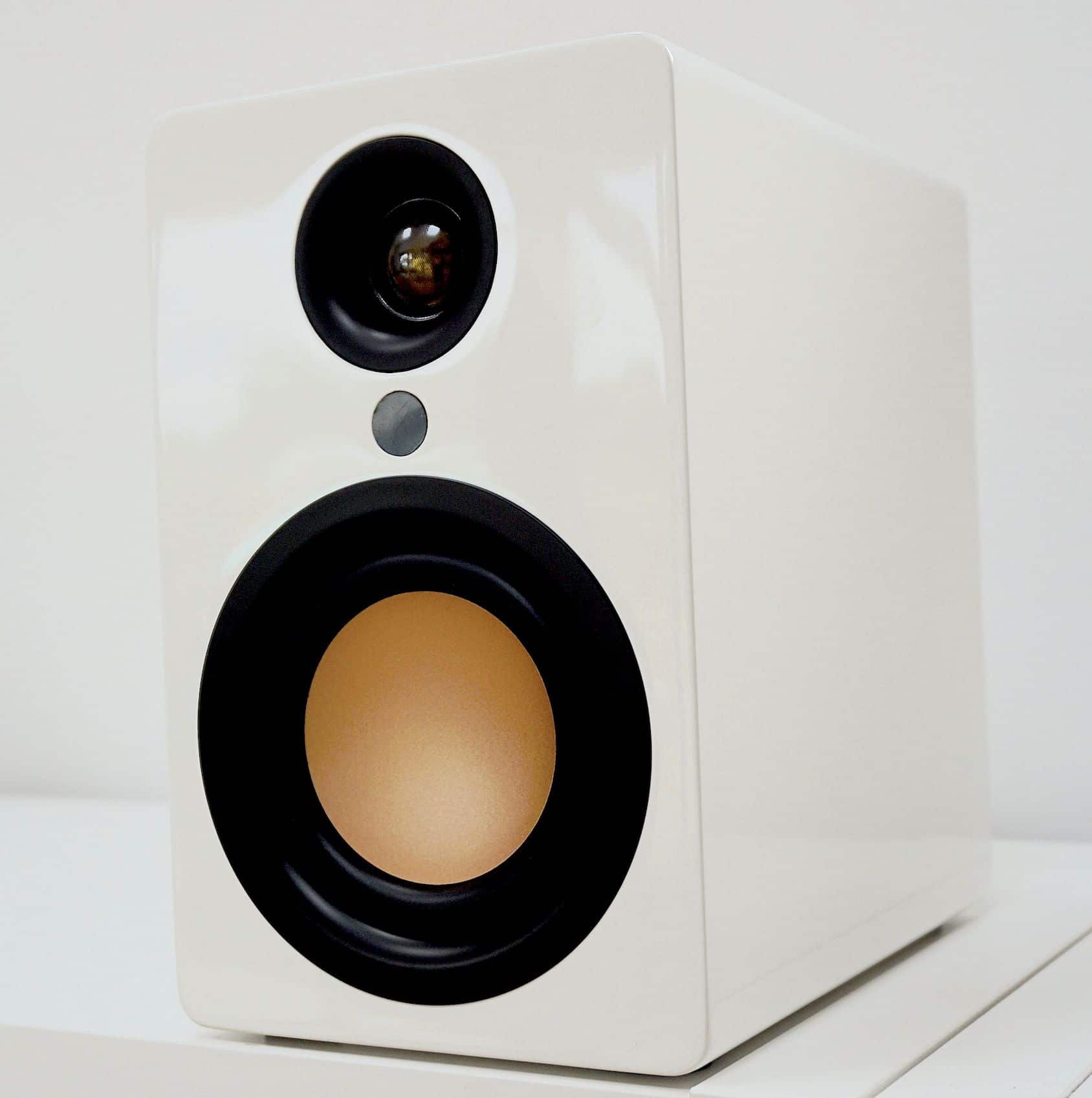
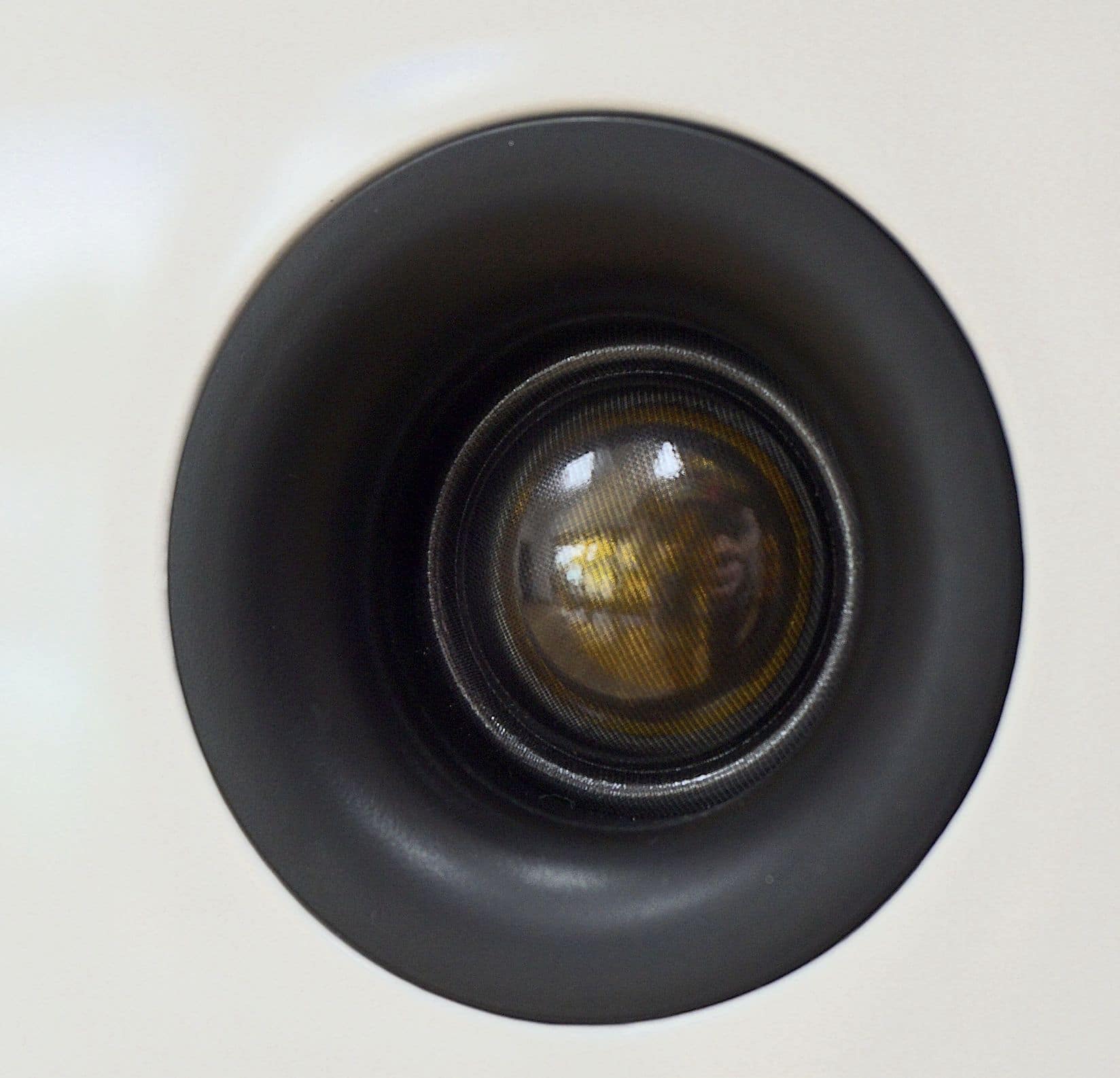
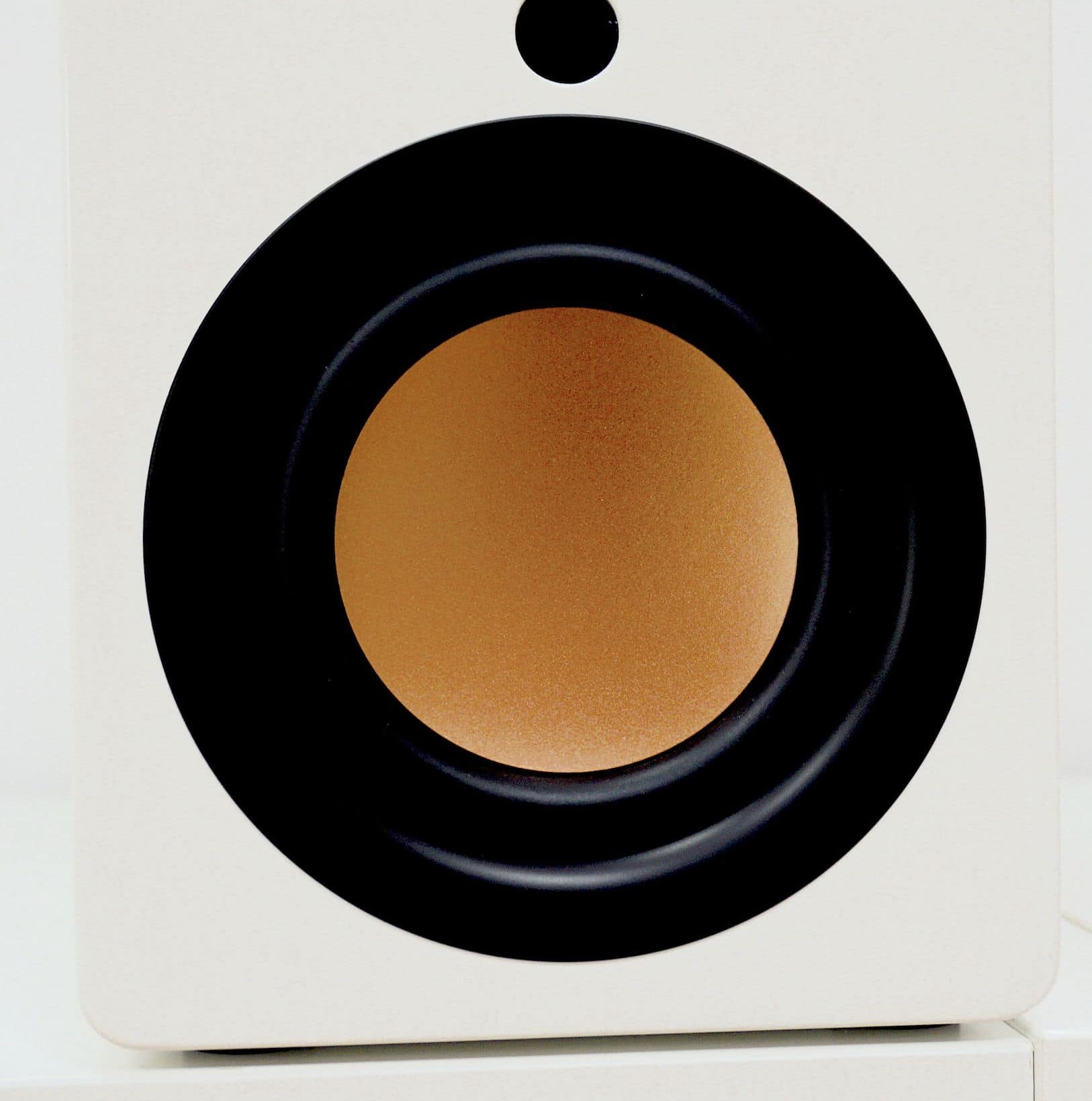
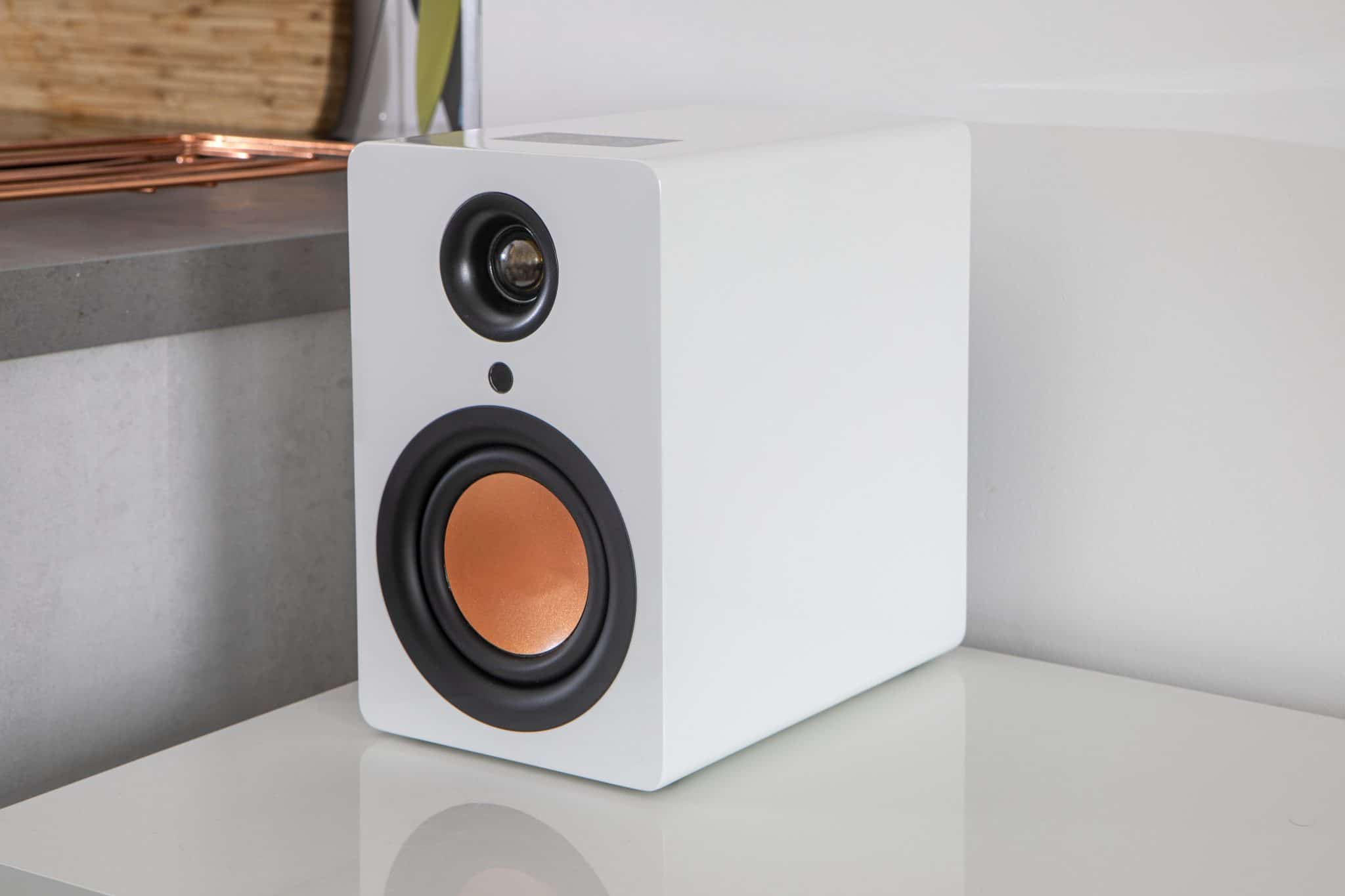
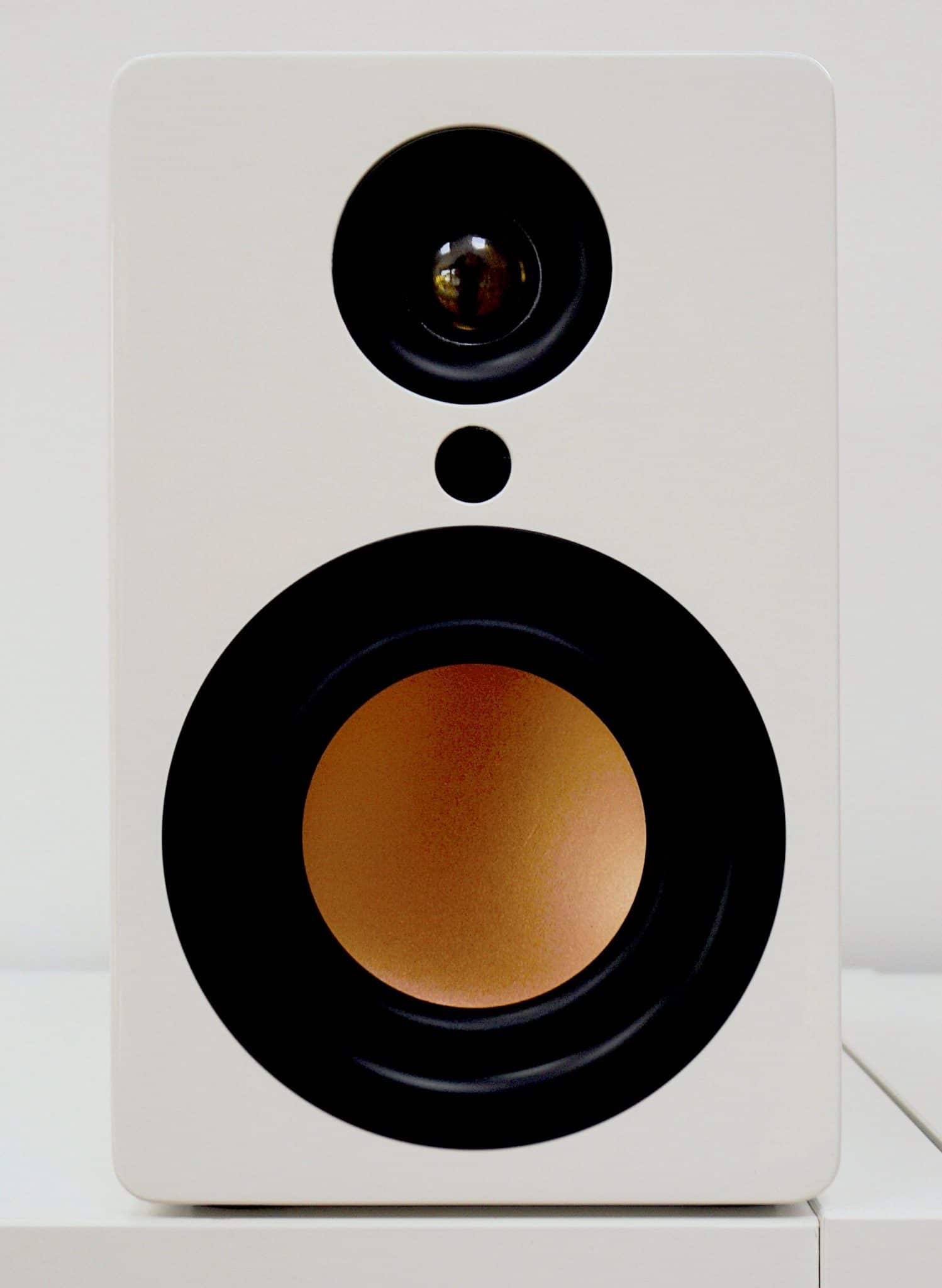
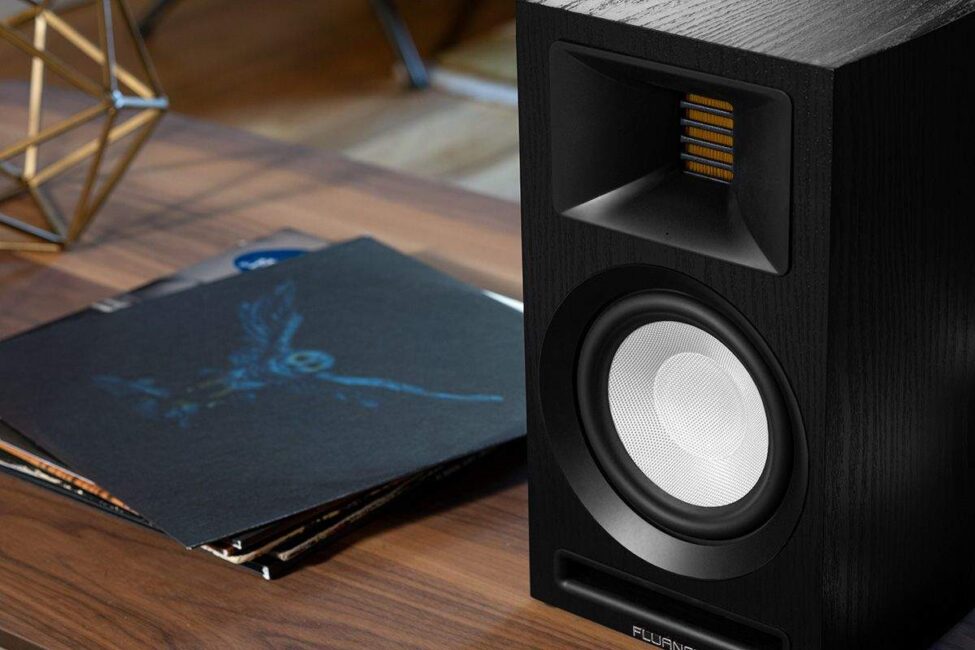

Hi,
I read the review with interest. Although I am a bit disappointed with the described performance at lower volumes, I do think these speakers fit my needs: I need something for low volume and especially I need speakers that are interconnected via wireless. However, I need to hook up some equipment through the RCA ports.
Here’s my question: I seem to have read elsewhere that the inputs are only active on the left speaker, and that the right one acts as a slave. That for me would be a deal breaker, since my room setup requires me to hook up the audio equipment to the right speaker.
Could you tell me if this restriction for the active inputs is indeed in place?
My memory is already failing re, these speakers, I regret to say but from memory, I think both speakers have identical controls. When you initial a wireless connection, the speaker you choose to make the connection will become the master and the other speaker it reaches out to to make that connection will become the slave. I don’t *think* it matters which one that is or where it sits in positional terms because otherwise what I’ve said wouldn’t make sense. You might want to call Mitchell to double check, though. : https://mitchellacoustics.co.uk/contact/
Dear Paul,
as a fan of you YouTube-channel and Subscriber of course 🙂 I know that you cannot test every single speaker on the planet. But!
There are two german based companies I would like to know your opinion on.
One is Nubert. (I own Nubert-speakers myself)
The other one is a smaller company called Phonar (my trusted HIFI-dealer tells me, that contrary to other companies, they even use high-quality-wires within the speaker istself).
I would love to see reviews of their passive speakers.
For you inspired me to my Adiolab 6000CDT and my pro-ject debut carbon evo, which I both love, I would like to hear your opinion on speakers of the above mentioned companies.
regards, stay healthy,
Udo
Many thanks, Udo. Both companies are new to me so I’ll certainly keep a look out for them, sure.